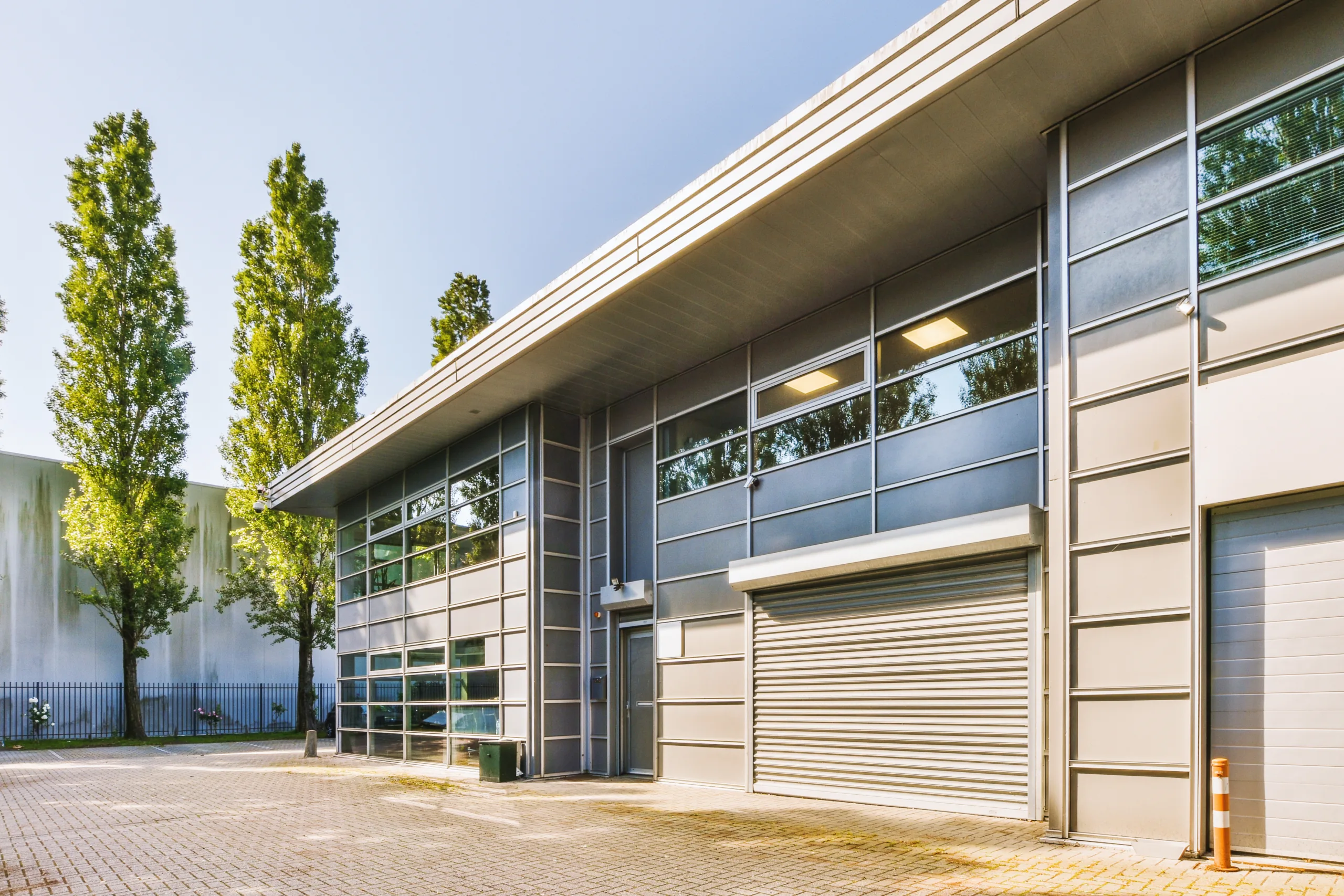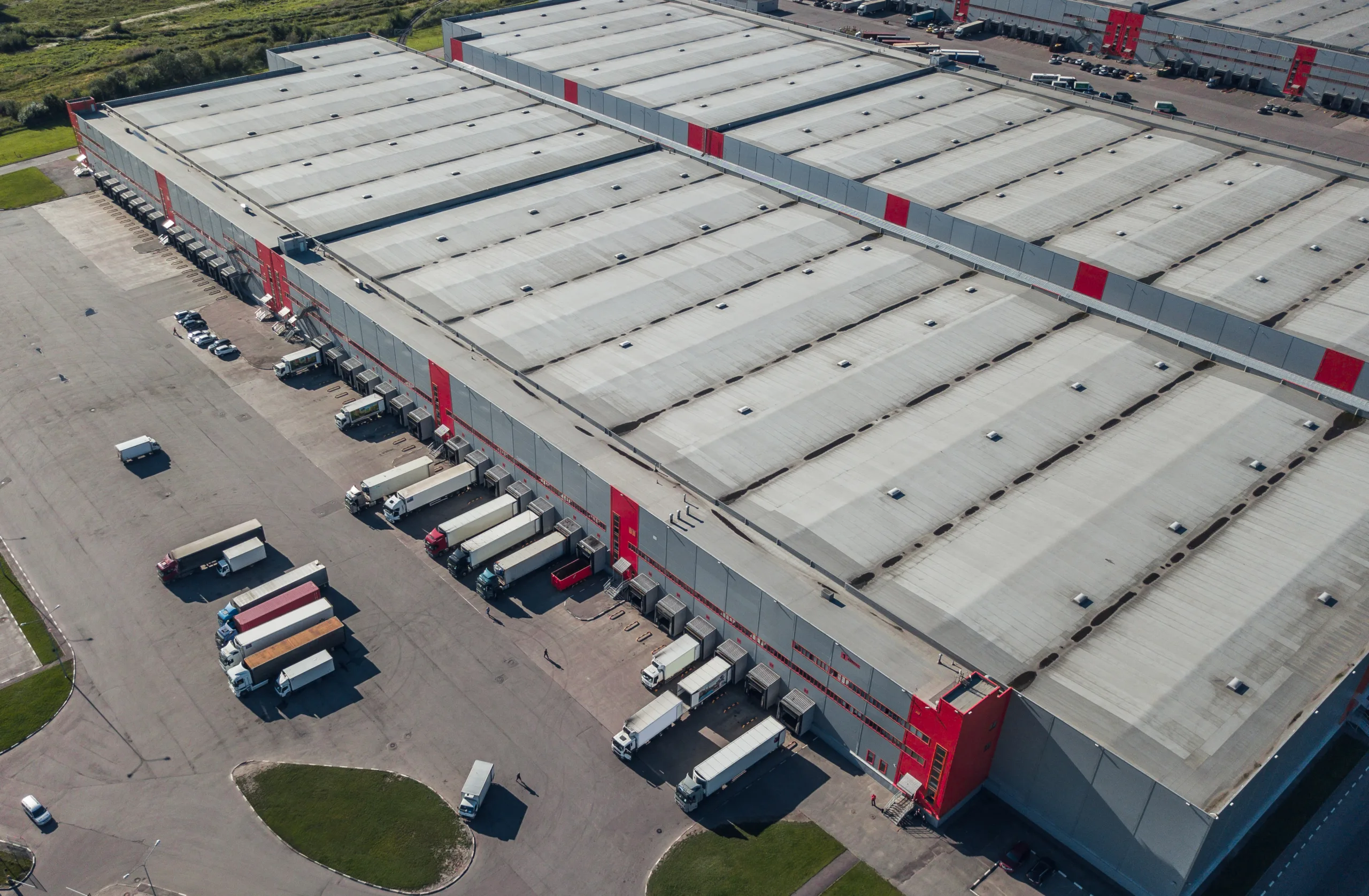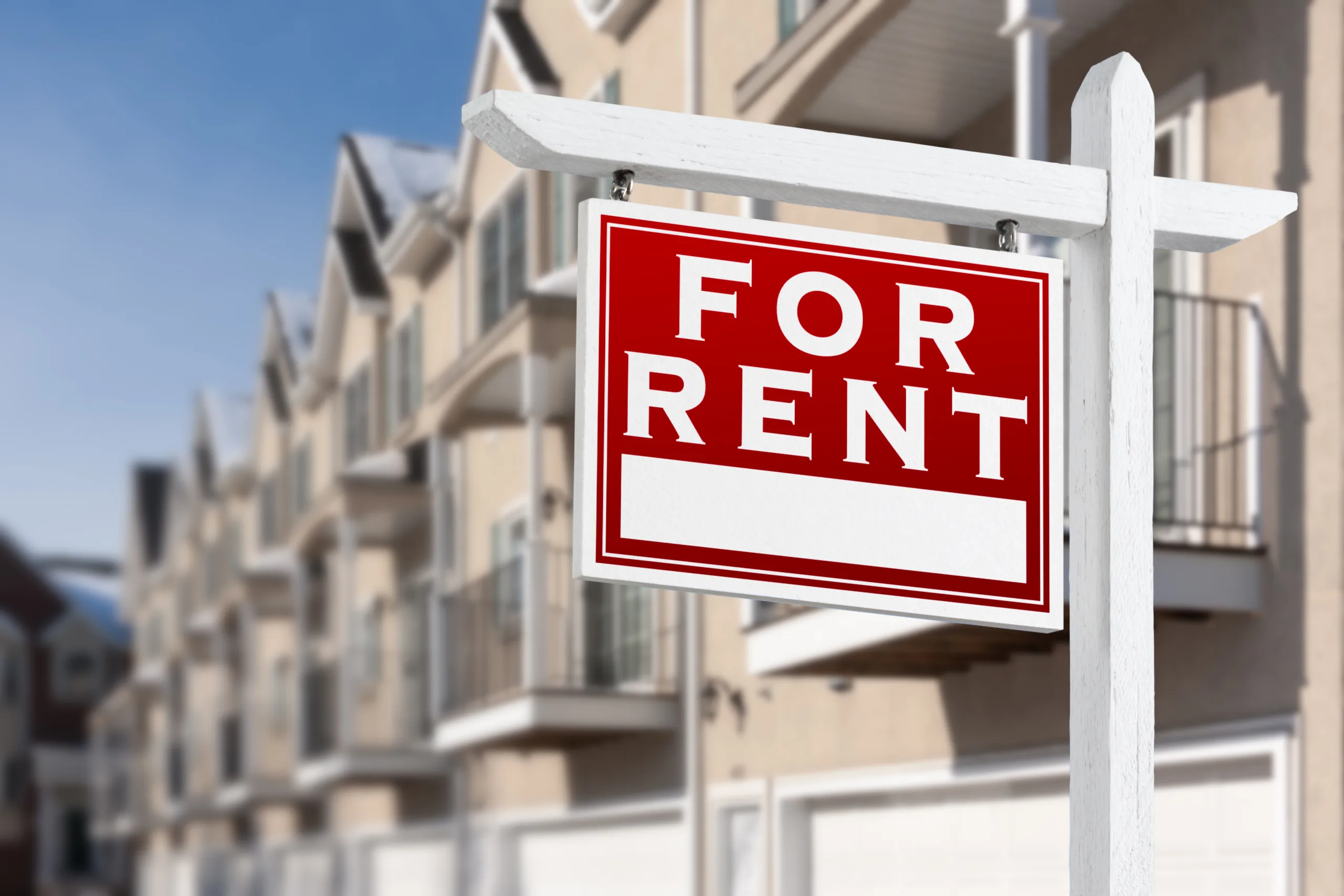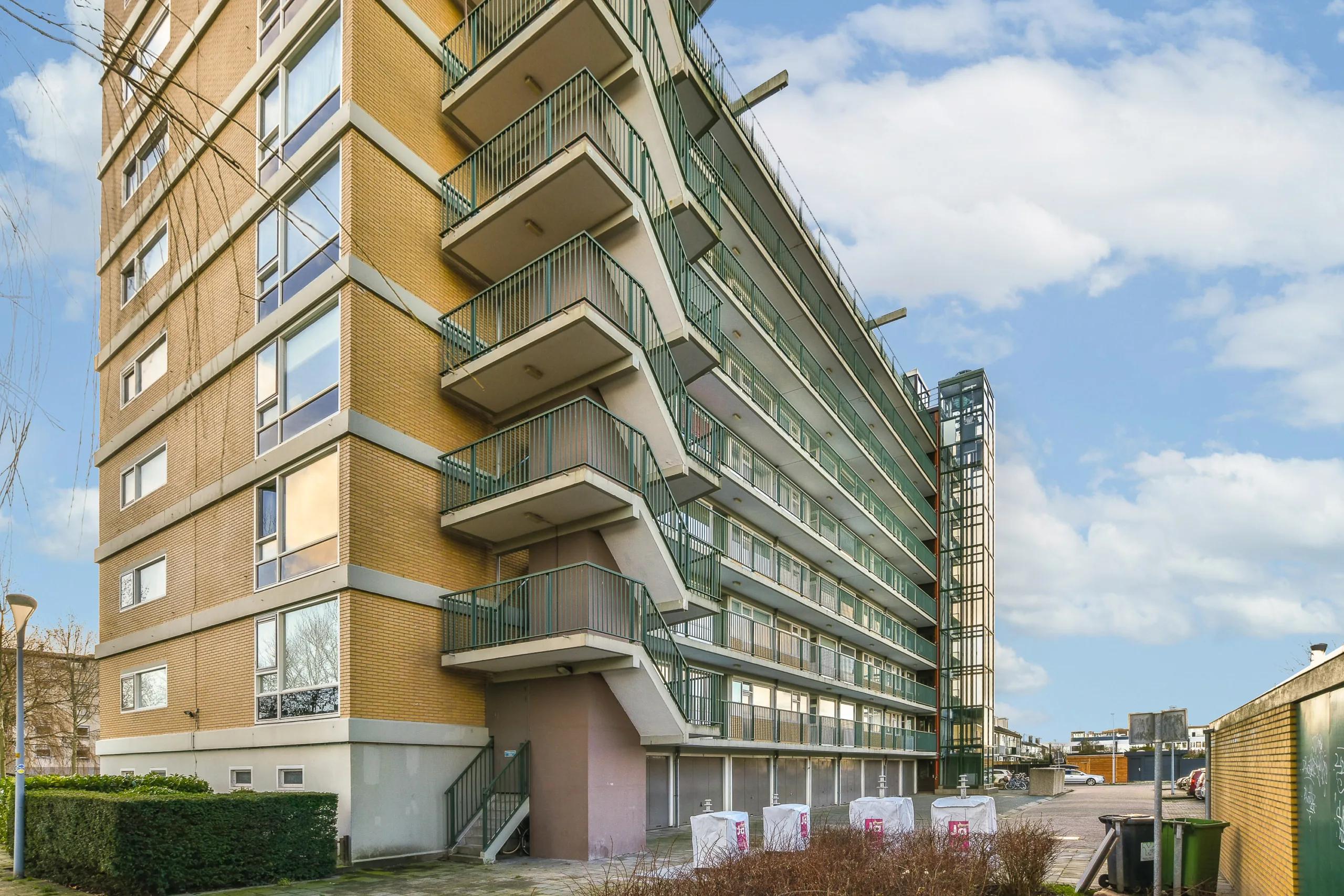- Credit is loosening despite persistently high interest rates. CMBS spreads are tightening, and issuance is on pace to hit a post-2007 high.
- Performance across CRE sectors remains uneven, with industrial strong and office delinquencies still rising.
- Investor focus is shifting toward power-ready assets, especially in logistics and data center developments.
- Liquidity is available, but only for the right deals. Underwriting is cautious, and lenders are opting for maturity extensions over forced sales.
A Market Still Moving—Cautiously
The US government shutdown created short-term uncertainty, but its resolution hasn’t meaningfully shifted the CRE market outlook. Trepp data continues to reflect a slow and selective market, with capital still flowing—just not freely.
Rates Stay High, But Capital Is Loosening
The Fed remains in “higher for longer” mode, keeping borrowing costs elevated. Still, there are signs that lenders are more willing to deploy capital compared to last year.
CMBS spreads for low-leverage office loans fell to 204 basis points—2025’s lowest so far. Private-label CMBS issuance hit $92.48B year-to-date, outpacing 2024 and on track to exceed $123B for the year. That would mark the highest annual volume since 2007.
These trends suggest lenders are active but choosy, favoring deals with strong fundamentals and disciplined underwriting.
Get Smarter about what matters in CRE
Stay ahead of trends in commercial real estate with CRE Daily – the free newsletter delivering everything you need to start your day in just 5-minutes
Sector Performance Is Divided
Headline narratives point to overall stabilization, but Trepp’s data reveals a sharper divide between property types.
Industrial is leading with a delinquency rate of just 0.56%—the lowest across all major sectors. Retail is stable at 6.76%, and the hotel sector improved to 5.81%, its best reading since early 2024.
The office sector, however, continues to drag. In October 2025, CMBS office delinquencies hit a record high of 11.76%, pushing the overall delinquency rate to 7.46%.
More loans are also staying on the books past their maturity dates. Around $23B in CMBS loans are now overdue, a sign of the “extend-and-amend” trend that’s gained momentum as government shutdown threatens deeper economic fallout and lenders avoid forced sales.
Where the Capital Is Going
Capital is now concentrating on property types positioned for growth in logistics and computing. Industrial real estate is benefiting from both demand for warehouse space and increased data center development.
Trepp’s Q2 2025 Property Price Index shows that industrial pricing has remained stable, even as prices in other sectors have softened. Investors are favoring assets with access to reliable power and infrastructure suited to AI and cloud uses.
Outlook: A Steady Grind Into 2026
The CRE market is far from frozen, but it’s not accelerating either. Liquidity exists, though underwriting remains tight. Sector performance is clearly split, and lenders are prioritizing flexibility over foreclosure.
As 2026 approaches, Trepp will be watching for shifts in inflation, credit spreads, loan maturities, and the growing role of power supply in real estate strategy.

















